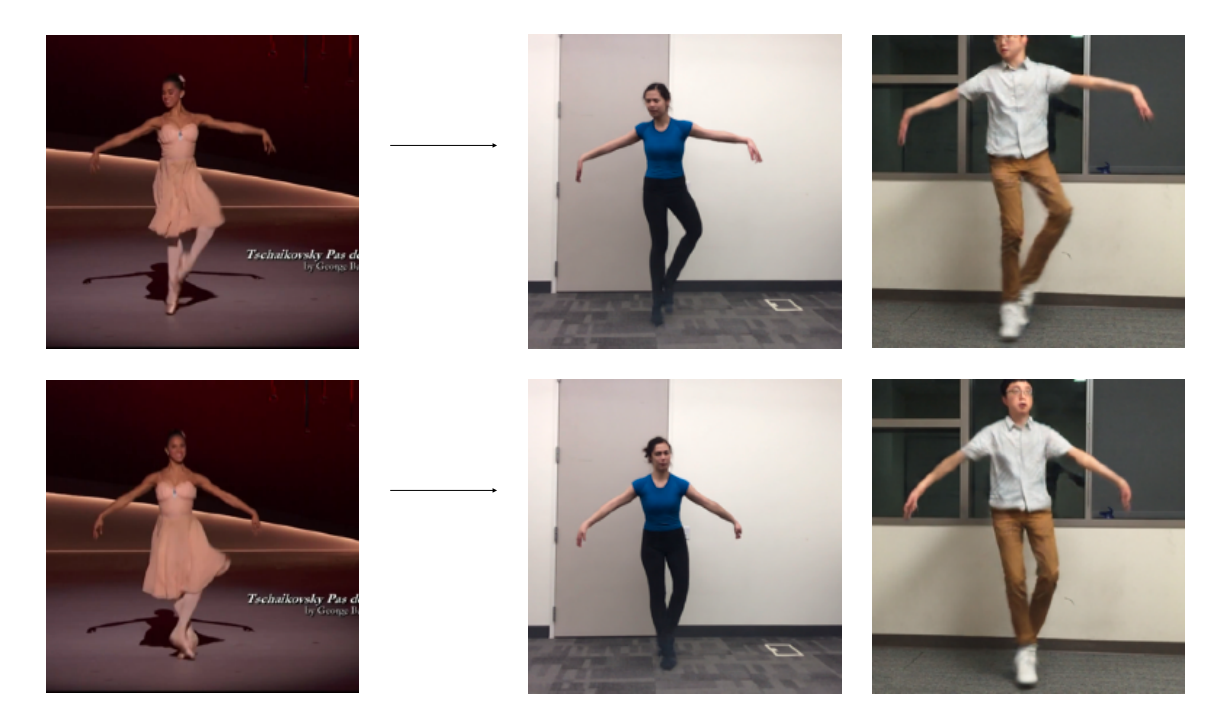This video AI can take your amateur dance moves and turn you into a pro
A new piece of artificial intelligence has been created to turn amateur dancers into professionals by manipulating video of their routines.
Developed by a team of researchers from UC Berkeley - and detailed in this paper, called Everybody Dance Now - the software is first shown video footage of a professional dancer. It then maps the person's movements by turning their body into an animated stick figure.
Read More:
- Artificial intelligence learns to see humans through walls
- AI writes 20,000 lines of ad copy in one second - but creator says human jobs are safe
- Genius hacker uses AI to help Alexa respond to sign language
Next, the AI looks at footage of an amateur dancer, then turns this into a stick figure routine and swaps it for the one of the professional. The resulting footage is then smoothed out to make the movement look natural, and the subject's facial expressions are worked on to make them fit with the dance moves.
The end result is fairly accurate footage of an amateur dancer performing like a professional. One example, below, even shows the subject's reflections in a window behind them—reflections that match movements produced by the AI.
We say "fairly accurate" because more than a casual glance at the doctored footage reveals how the dancer's movements are not perfect. Limbs sometimes move in unnatural ways, and the AI struggles to map smaller movements, like when a hand is flipped back and forth. The subjects also need to wear tight-fitting clothing, as the AI struggles to reproduce the movement of loose fabric accurately, the researchers explained.
That said, the AI's ability to do this from just a few minutes of learning is still very impressive, with the team behind it describing their results as "compelling". The research paper explains how the AI requires around 20 minutes of real time footage of the professional dancer, shot at 120 frames per second. The system also uses a separate neural network to produce realistic facial expressions for the amateur.
It is easy to see how such artificial intelligence could be turned into a fun smartphone application, where footage of your friend's terrible dancing can be converted into them nailing a professional routine.
But, as with the recent use of 'deepfake' technology, which used similar AI to put celebrities into pornographic videos, the software raises privacy and ethical concerns. The technology could, for example, be used to produce footage of someone seemingly doing something which never actually happened.
